views

The Rise of Upcycling: Transforming Waste into Wearable Art
In the ever-evolving landscape of fashion, a transformative trend is taking root: upcycling. This innovative practice involves repurposing waste materials into new, wearable art pieces, blending sustainability with creativity. As the fashion industry grapples with its environmental impact, upcycling emerges as a beacon of hope, offering a sustainable alternative that champions resourcefulness and artistic expression.
The Environmental Impact of Fashion
Before delving into the rise of upcycling, it is crucial to understand the pressing need for sustainable practices in fashion. The fashion industry is notorious for its environmental footprint, contributing to pollution, waste, and excessive resource consumption. According to the United Nations Environment Programme, the industry accounts for 10% of global carbon emissions and is the second-largest consumer of the world's water supply. Moreover, the rise of fast fashion has exacerbated the problem, leading to a culture of disposability where garments are quickly discarded after minimal use.
What is Upcycling?
Upcycling, distinct from recycling, involves creatively reusing discarded materials to produce items of higher value and quality than the original product. In fashion, this means taking old clothes, fabric scraps, and other waste materials and transforming them into unique, stylish garments. Unlike recycling, which often breaks down materials to their raw state, upcycling retains the integrity of the original materials, thus requiring less energy and preserving more of their value.
The Artistic Potential of Upcycling
One of the most compelling aspects of upcycling is its potential to elevate waste into wearable art. Designers who embrace this practice often view it as a form of artistic expression, where the constraints of using existing materials spark innovation and creativity. Each piece crafted through upcycling carries a unique story, reflecting both the history of the original materials and the vision of the designer.
Designers like Stella McCartney and brands such as Patagonia have been at the forefront of integrating upcycling into their collections, demonstrating that sustainability and high fashion can coexist. Upcycled garments often feature eclectic designs, unexpected combinations of textures, and a level of craftsmanship that stands out in a sea of mass-produced clothing.
The Process of Upcycling in Fashion
The upcycling process begins with sourcing materials. Designers and artisans scour thrift stores, factory floors, and donation centers to find discarded garments, fabric remnants, and other potential materials. These items are then meticulously cleaned and deconstructed to understand their potential.
Next comes the design phase, where creativity takes center stage. Designers must think outside the box, envisioning how disparate elements can come together to form a cohesive and stylish piece. This phase often involves a lot of experimentation, as designers test different combinations and techniques to achieve the desired aesthetic.
Once the design is finalized, the construction process begins. Skilled artisans cut, sew, and assemble the materials, breathing new life into what was once considered waste. The result is a one-of-a-kind garment that embodies both sustainability and artistic ingenuity.
The Benefits of Upcycling
Upcycling offers numerous benefits, both environmental and social. Environmentally, it reduces the demand for new materials, thereby conserving resources and minimizing waste. By reusing existing materials, upcycling also decreases the amount of textile waste that ends up in landfills.
Socially, upcycling promotes ethical fashion practices by providing opportunities for small-scale artisans and local communities. Many upcycling initiatives partner with artisans in developing countries, offering fair wages and safe working conditions while preserving traditional crafting techniques.
Moreover, upcycling empowers consumers to make sustainable fashion choices. As awareness of environmental issues grows, more consumers are seeking out eco-friendly alternatives. Upcycled fashion meets this demand by offering unique, high-quality garments that align with ethical values.
Challenges and Future Prospects
Despite its many benefits, upcycling in fashion faces several challenges. One of the primary obstacles is scalability. Upcycling is inherently labor-intensive and time-consuming, making it difficult to produce large quantities of garments quickly. This limits the ability of upcycled fashion to compete with the fast fashion industry's rapid production cycles.
Another challenge is consumer perception. While upcycled fashion is gaining popularity, some consumers still associate it with second-hand or inferior quality products. Overcoming this perception requires continued education and awareness-raising efforts to highlight the value and craftsmanship involved in upcycling.
Looking ahead, the future of upcycling in fashion appears promising. As sustainability becomes increasingly important to both consumers and industry stakeholders, more brands are likely to adopt upcycling practices. Technological advancements, such as 3D printing and AI-driven design, may also facilitate more efficient and innovative upcycling processes.
Conclusion
The rise of upcycling marks a significant shift towards a more sustainable and creative fashion industry. By transforming waste into wearable art, upcycling not only reduces environmental impact but also celebrates resourcefulness and ingenuity. As more designers and consumers embrace this practice, upcycled fashion has the potential to lead the way towards a greener, more ethical future. The garments created through upcycling are not just clothes; they are statements of sustainability, innovation, and artistic expression.

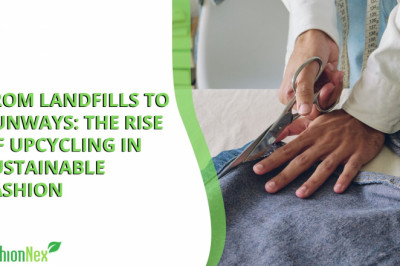


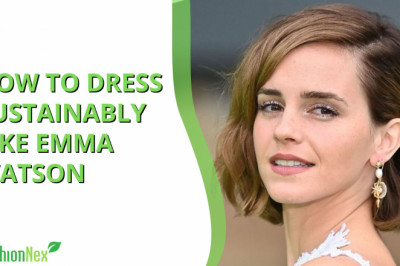
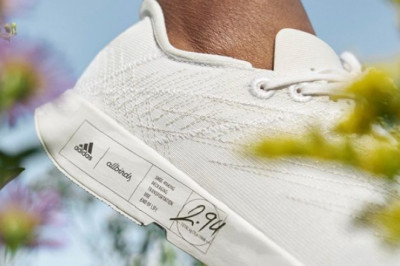
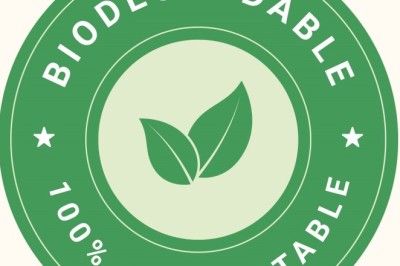
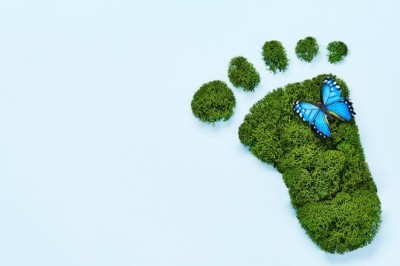
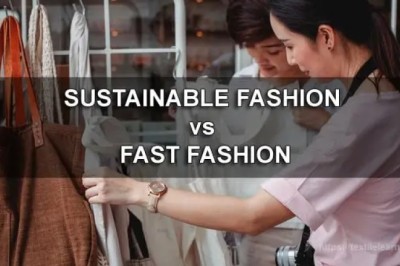
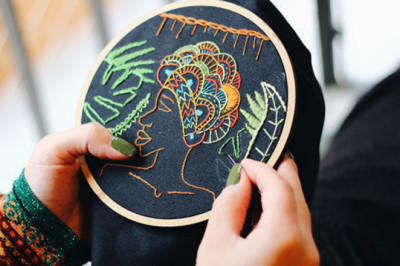
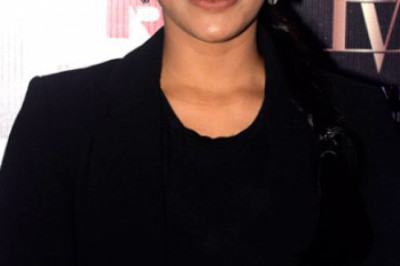
Comments
0 comment